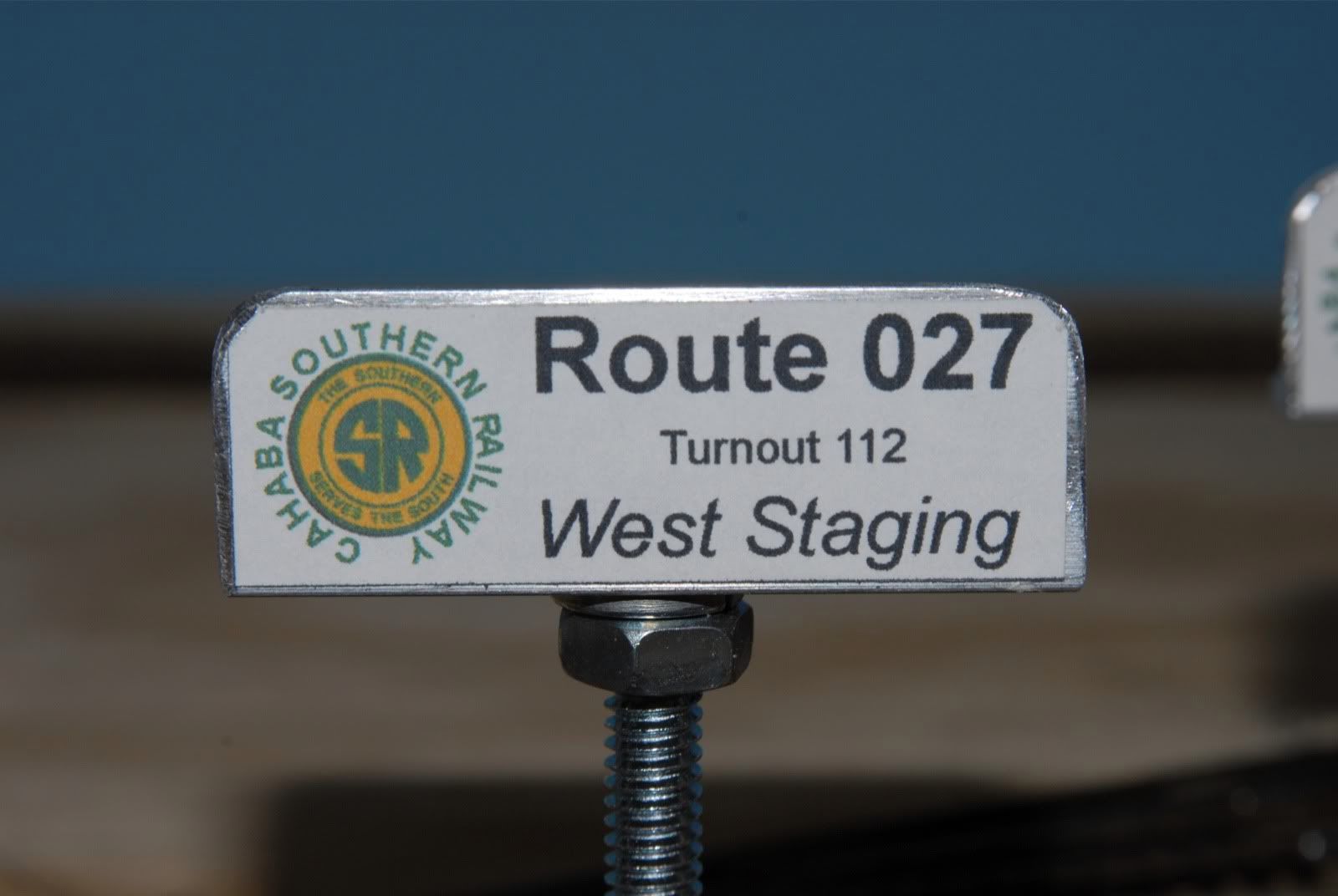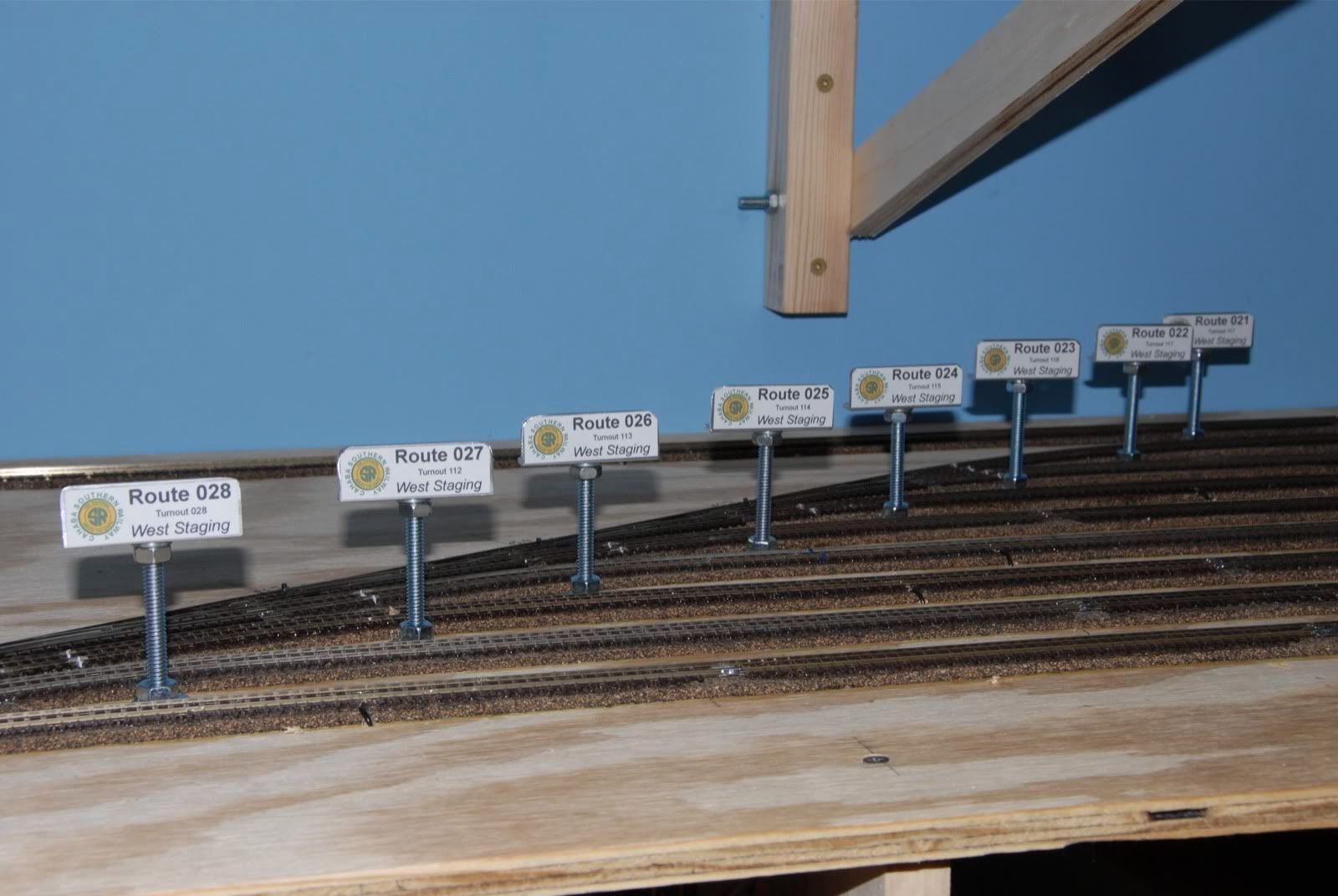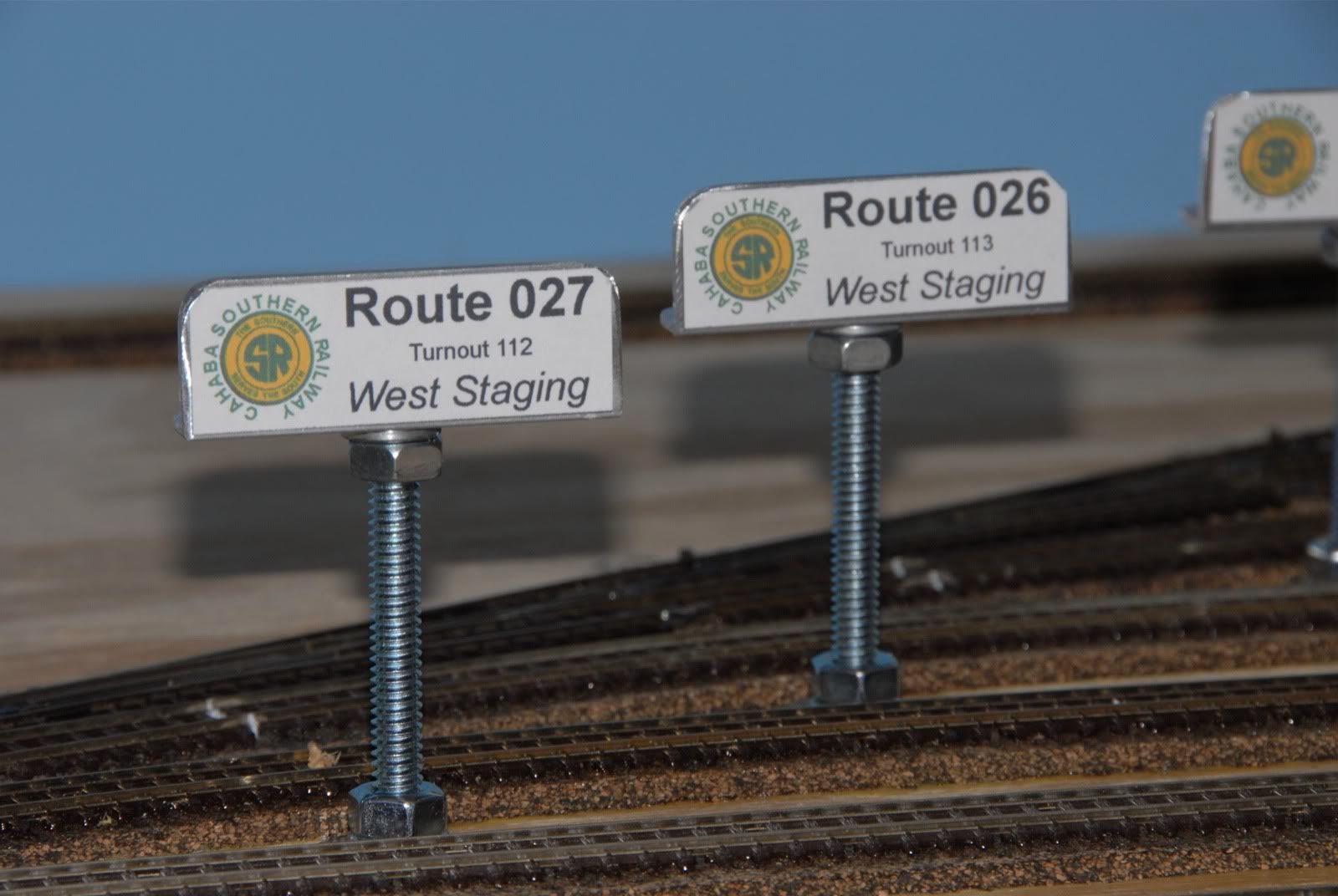It's been a busy couple of days on the Cahaba Southern, as the upper main level benchwork was started and completed. Most of the major wood cutting work had been done several months ago when the lower level was made. At this point all that needed to be done is for the beams to be cut to length and a few pocket holes to be drilled, as the cross-members were ready to go. The other part that required some work is the benchwork around the helix, as it required some angled cuts and some fitting around the helix itself.
The first piece of framework is mounted to the walls. As can be seen in the picture support blocks have been put in place around the walls to help support the framework. In addition to these blocks which are mounted to the wall studs the framework is attached to the wall studs as well with 3 inch screws.
The second piece of framework is completed and mounted. It is secured to the wall, the first piece of framework, and the framework around the helix.
The following picture shows the helix framework in a little more detail. 3 of the outside helix support rods had to be shortened as they were in the way of the framework. Small wooden spacers were cut to support the helix at those points where the rods were shortened. I'm sorry that I didn't take any pictures as I was doing this, as I plain forgot too since I was so busy figuring out these adjustments! Sometimes even the most well-thought out plans require last minute tweaks....
The third piece of framework is in place.
Then the fourth and final piece of framework is installed.
That went quick!! I guess after the weeks of working on the helix there was some renewed energy to work on the Cahaba Southern again. Next it will be time to work on the curved backdrop for the main level, as well, as getting some lighting in place for the staging level. Until then.......






















